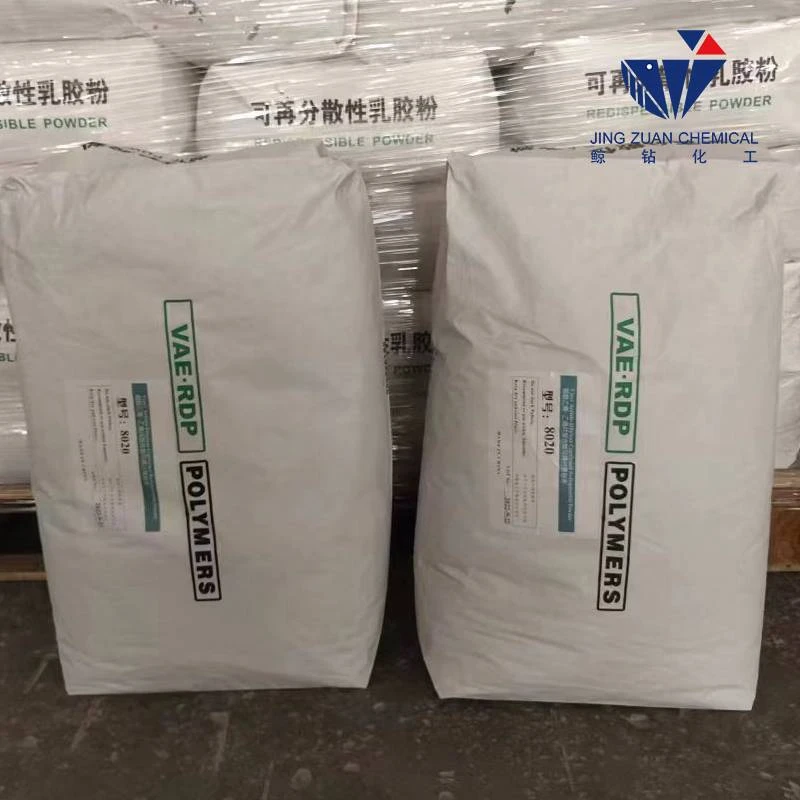
Nov . 08, 2024 07:45 Back to list
Exploring the Benefits and Applications of Hydroxypropyl Methylcellulose in Modern Industries
Understanding Hydroxypropyl Methylcellulose Applications and Benefits
Hydroxypropyl Methylcellulose (HPMC) is a versatile cellulose derivative widely utilized across various industries, including pharmaceuticals, food, cosmetics, and construction. As a non-ionic polymer, HPMC is obtained from natural cellulose through a series of chemical modifications, which enhance its solubility and functional properties. This article aims to explore the characteristics, applications, and benefits of HPMC, providing a comprehensive understanding of this important compound.
Characteristics of Hydroxypropyl Methylcellulose
HPMC is a white, odorless, and tasteless powder that is stable under normal environmental conditions. Its molecular structure is composed of hydroxypropyl and methyl groups attached to the cellulose backbone, which significantly modifies its physical properties. One of the most crucial attributes of HPMC is its ability to form gels and films, making it an ideal thickening agent. HPMC is also soluble in cold water, unlike many other cellulose derivatives, which enhances its usability in various formulations.
The viscosity of HPMC solutions may vary based on the degree of substitution and molecular weight. Different grades of HPMC exist, which are tailored for specific functionalities. These grades influence characteristics like gel strength, transparency, and thermal stability, allowing manufacturers to select the appropriate type for their applications.
Applications of Hydroxypropyl Methylcellulose
1
. PharmaceuticalsIn the pharmaceutical industry, HPMC serves as a critical excipient in drug formulations. Its properties make it suitable for use in tablets, capsules, and suspensions. HPMC is particularly valued for its role in controlled release formulations, where it can regulate the release of active ingredients over a prolonged period. Its film-forming ability is also exploited in the development of protective coatings for pills, enhancing their stability and ensuring the controlled release of medication.
2. Food Industry
HPMC is widely used as a food additive, categorized under the E number E464. It acts as a thickener, emulsifier, and stabilizer in various food products, including dressings, sauces, and dairy items. HPMC’s ability to bind water enhances the texture and mouthfeel of food products, contributing to their overall sensory experience. Moreover, its low-calorie nature makes it a popular choice for low-fat and dietetic formulations.
3. Cosmetics and Personal Care
hydroxypropyl methyl

In the cosmetics industry, HPMC is utilized in a wide range of products, including lotions, creams, and shampoos. Its ability to provide a smooth and creamy texture makes it an essential ingredient in skin care formulations. Additionally, HPMC's thickening properties improve the stability and efficacy of emulsions, ensuring product consistency over time.
4. Construction
The building industry also benefits from HPMC. It is commonly used in cement, mortar, and tile adhesives to enhance their workability and water retention properties. In construction, HPMC contributes to improved bonding, increased open time, and reduced shrinkage in materials, which are essential for the quality and durability of building projects.
Benefits of Hydroxypropyl Methylcellulose
1. Versatility One of the most significant advantages of HPMC is its versatility across diverse industries. Its adaptability allows manufacturers to customize formulations for specific applications, enhancing product performance.
2. Non-toxic and Biodegradable HPMC is considered safe for use in food and pharmaceutical products. Its non-toxic nature makes it a preferred choice in environments that require stringent safety standards.
3. Functional Properties The gel-forming and thickening abilities of HPMC contribute to improved texture and stability in various formulations. Its capacity to retain moisture is especially beneficial in cosmetic and personal care products.
4. Regulatory Approval HPMC is generally recognized as safe (GRAS) by many regulatory agencies, which facilitates its use in food and pharmaceuticals without extensive testing.
Conclusion
Hydroxypropyl Methylcellulose is an invaluable substance that plays a crucial role in multiple industries. Its unique chemical properties, safety profile, and adaptability make it a fundamental ingredient in numerous formulations, enhancing product quality and performance. As research and innovation continue to evolve, HPMC is expected to find even more applications, reinforcing its significance in both industrial and consumer products. Understanding HPMC not only illustrates its current capabilities but also highlights the potential advancements that lie ahead in various fields.
-
The Widespread Application of Redispersible Powder in Construction and Building Materials
NewsMay.16,2025
-
The Widespread Application of Hpmc in the Detergent Industry
NewsMay.16,2025
-
The Main Applications of Hydroxyethyl Cellulose in Paints and Coatings
NewsMay.16,2025
-
Mortar Bonding Agent: the Key to Enhancing the Adhesion Between New and Old Mortar Layers and Between Mortar and Different Substrates
NewsMay.16,2025
-
HPMC: Application as a thickener and excipient
NewsMay.16,2025
-
Hec Cellulose Cellulose: Multi functional dispersants and high-efficiency thickeners
NewsMay.16,2025







